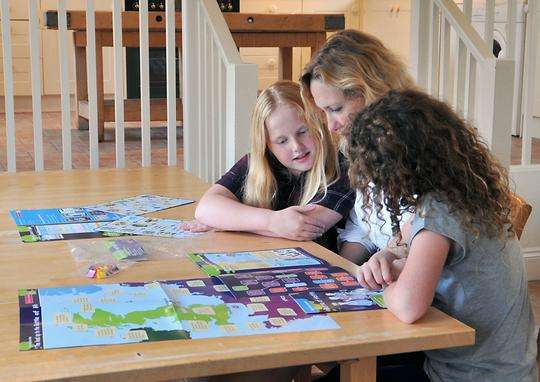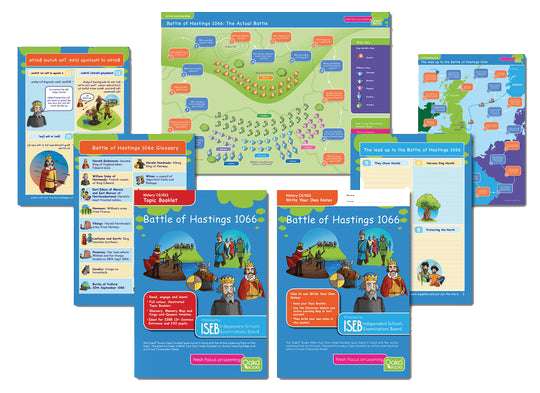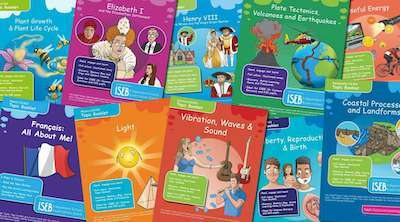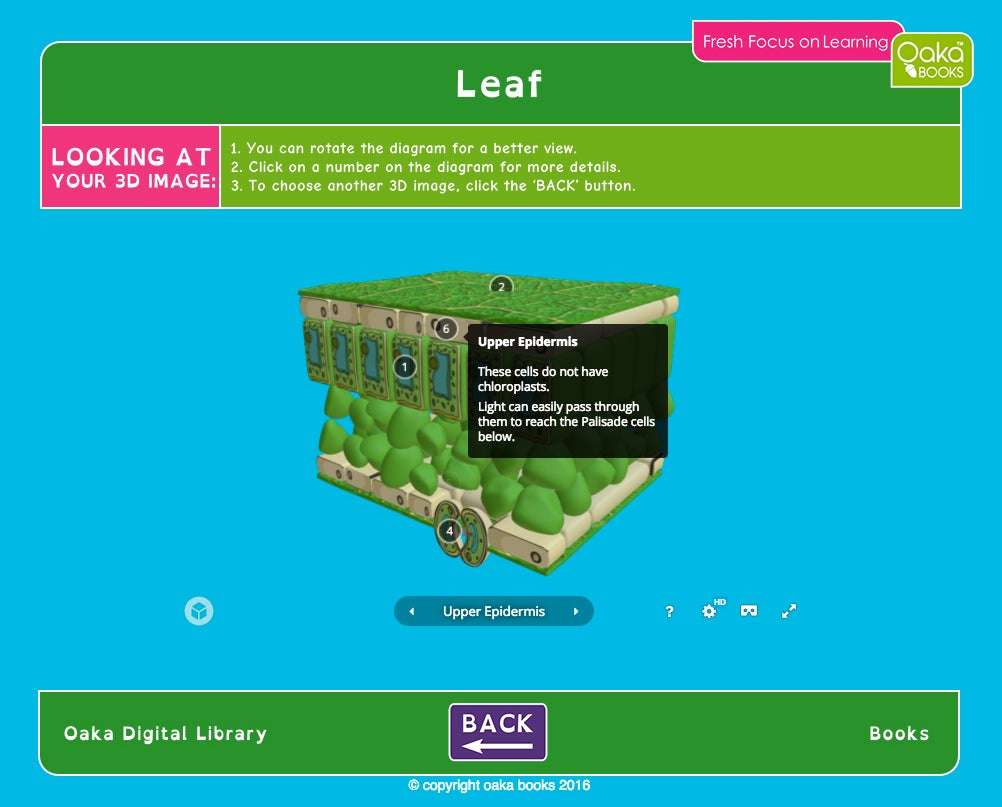Walking into your child’s classroom you will see lots of colour, displays, tables grouped together, activity areas and technology. What we understand about learning, education and child development is constantly evolving. If your schooldays were all about rote learning in straight lines of desks it might be hard to grasp.
One of the key developments has been in acknowledging and understanding the different styles in which children learn.
Infants absorb information about the world at a tremendous rate. They do this by observing those around them, copying and repeating. They like to explore the world in a physical way so that adults are always sweeping in to rescue tissue boxes from being emptied or remote controls from being chewed on.
As they get older and start school children will have developed a preference for that way to take on information.
Visual learners will lean towards watching. They like to see what they are learning and will look to their instructor and wall displays or books. With a strong imagination they like pictures illustrating concepts or demonstrations.
Auditory learners like to hear instructions and create dialogue around tasks to help them process. They respond well to rhymes and rhythms to help them remember.
Kinaesthetic learners are active and prefer to be involved. Hands-on experiences and getting stuck in work well for them.
Teachers will incorporate these learning styles in their lessons as well as mixing in group work, pairs and solo time. Despite huge moves away from the very strict and traditional classroom there is still concern that the education system favours certain learners.
Knowing your child’s learning style and being able to play to their strengths is very important. Children who are asked to do a lot of learning contrary to their optimal style will not gain or retain information as well and may become bored and disruptive as a result, as well as not achieving their full potential.





